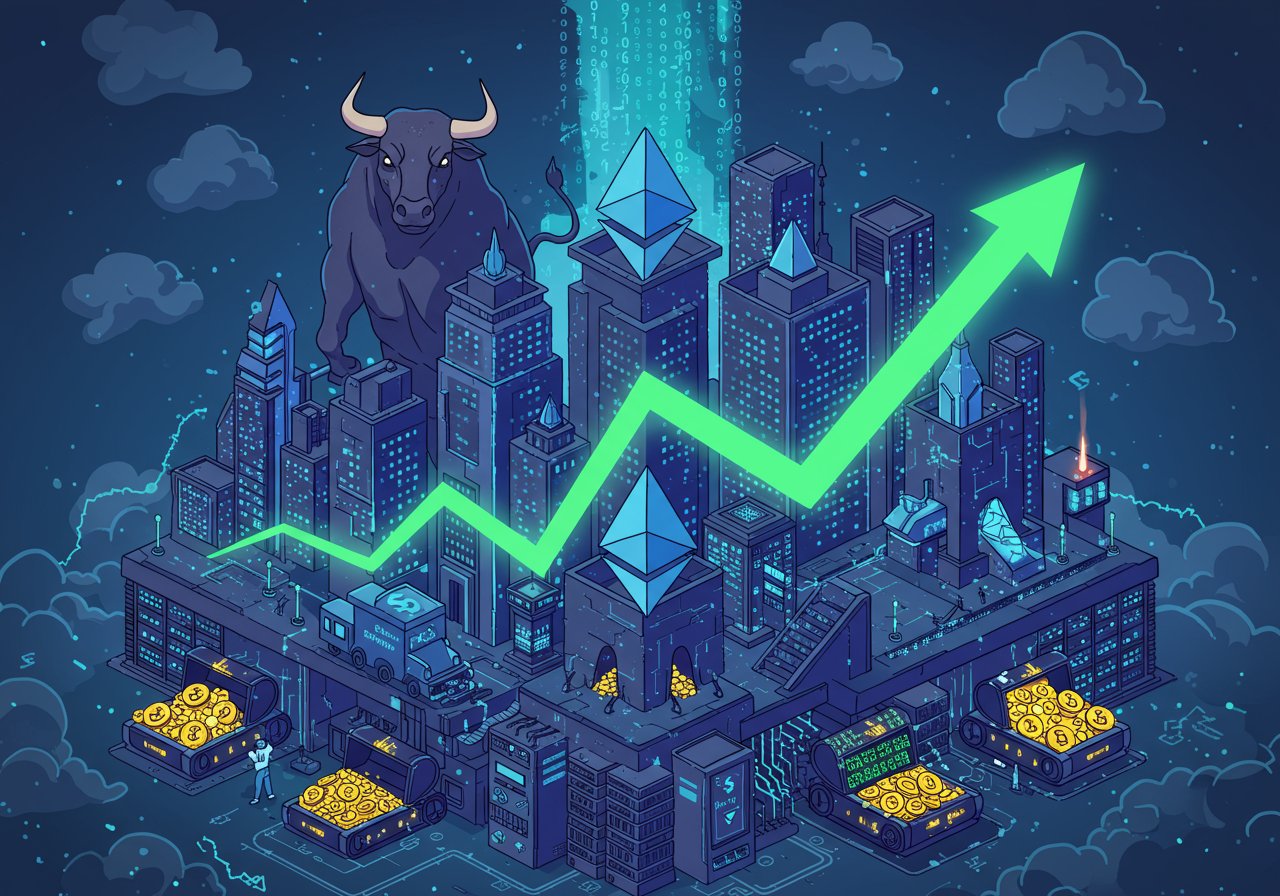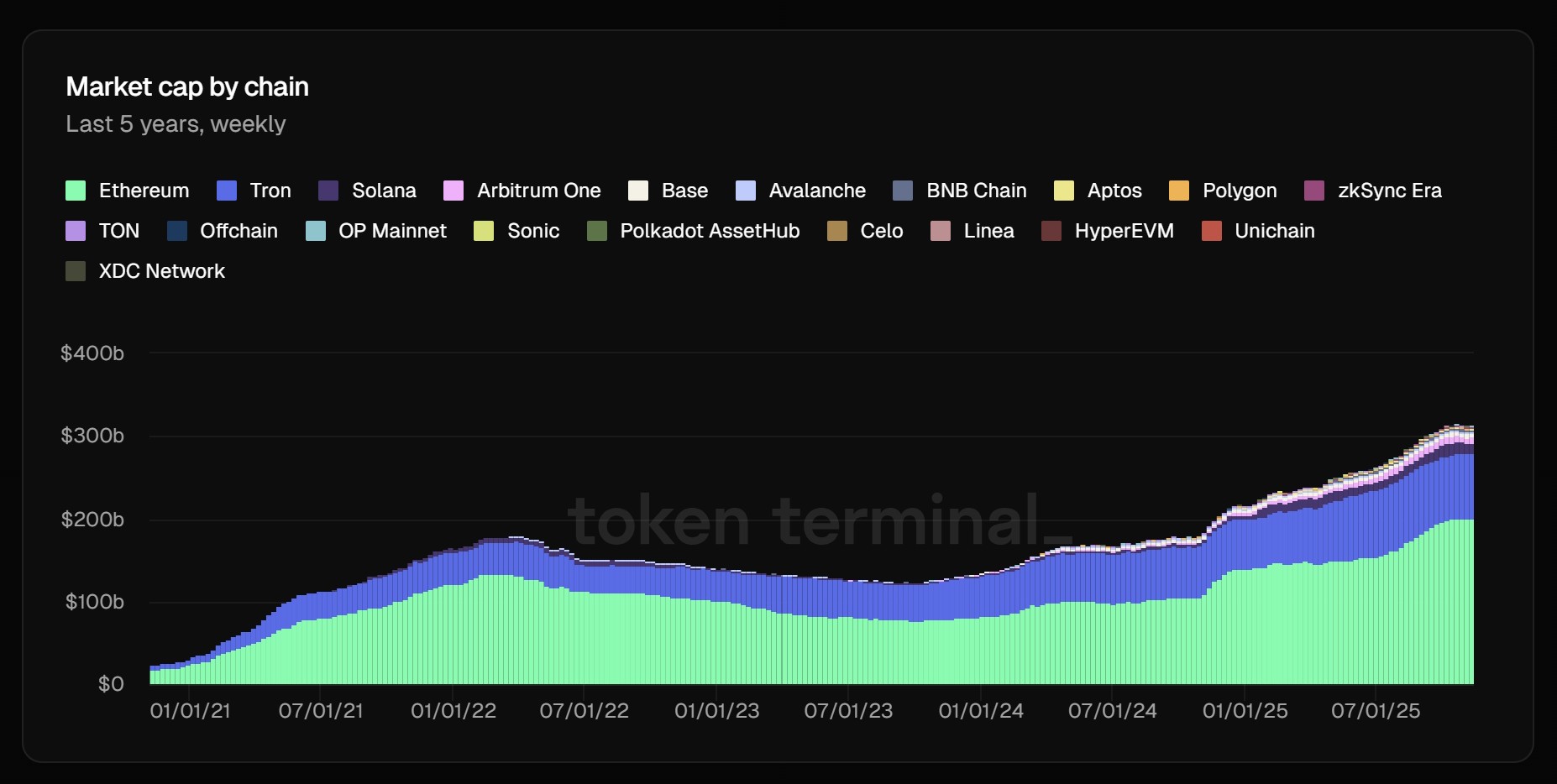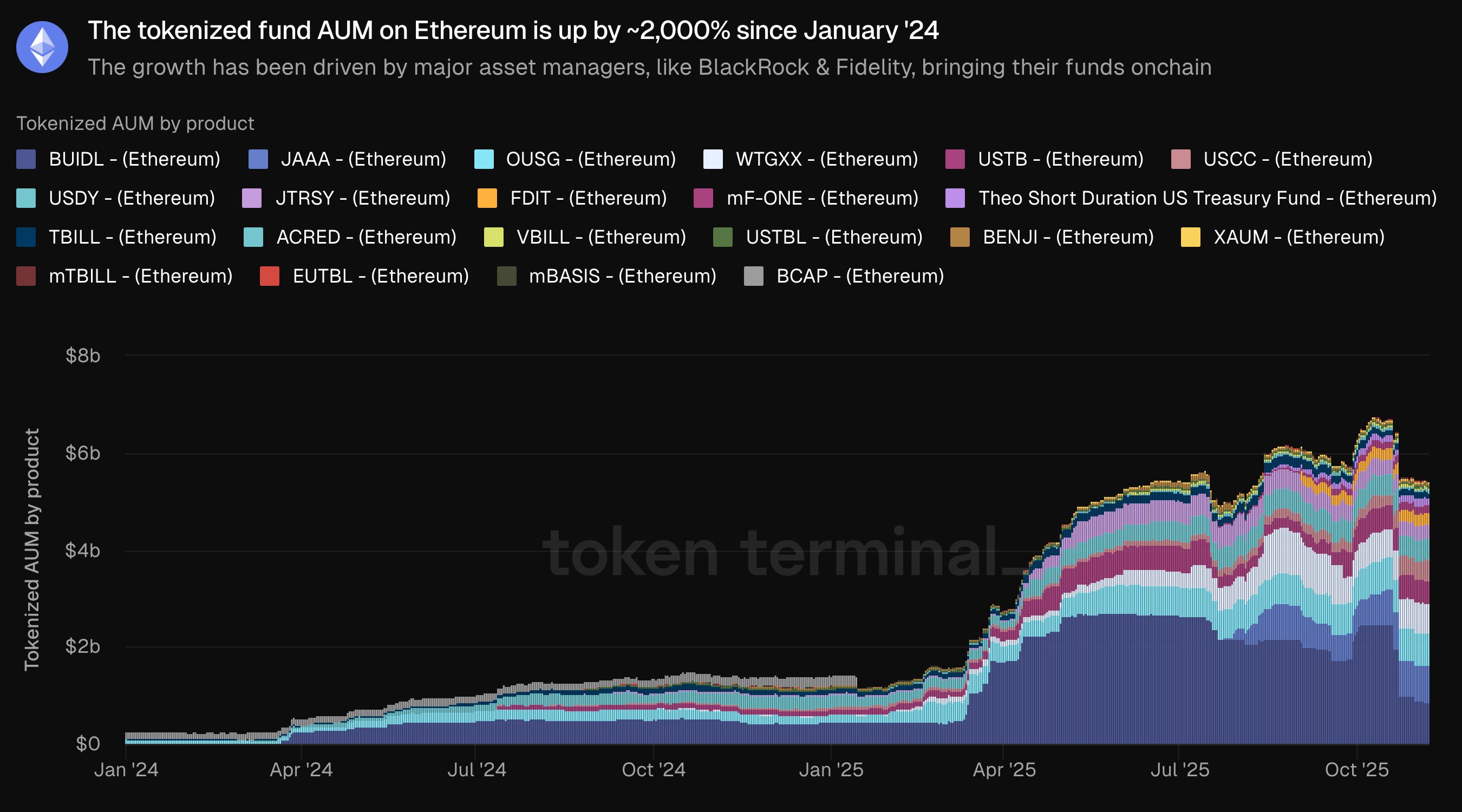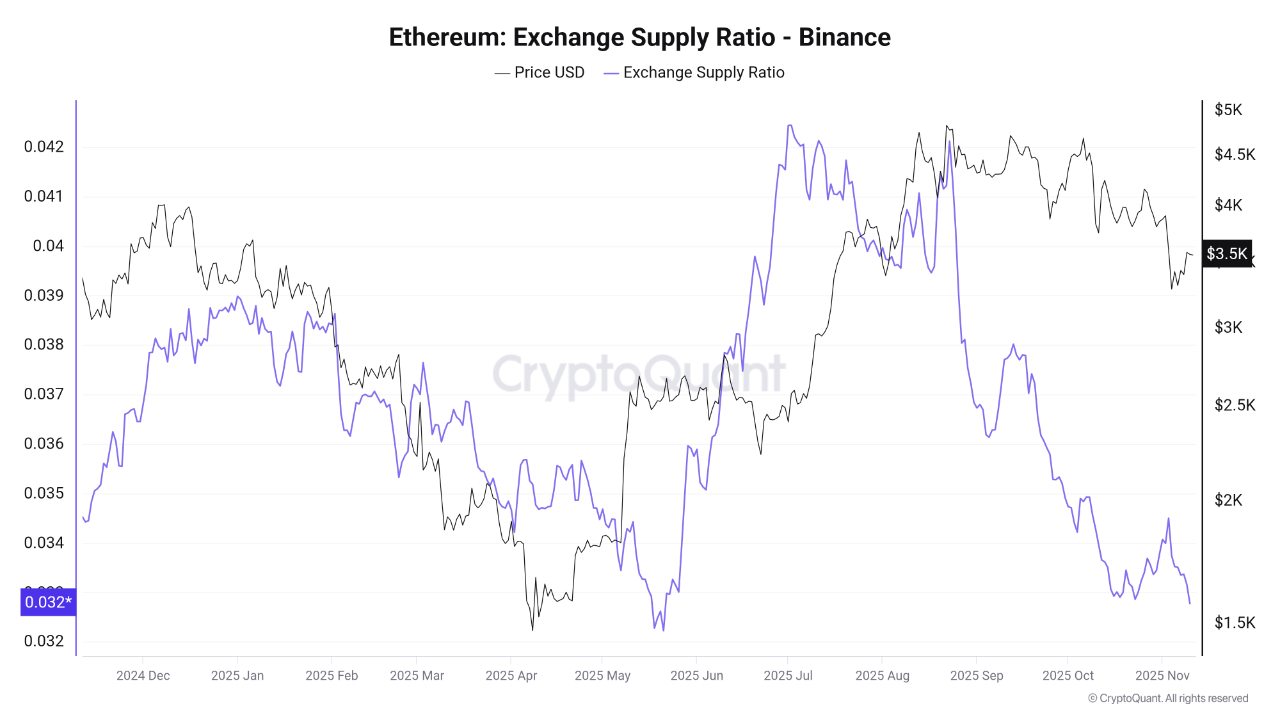
Ethereum: The King of Tokenized Assets
Ethereum‘s position as the leading blockchain for tokenized assets is solidifying, with a staggering $201 billion currently residing on its network. This impressive figure represents nearly two-thirds of the global $314 billion tokenized asset market. This dominance isn’t just a number; it’s a testament to Ethereum‘s robustness and its vital role as a settlement layer, particularly in 2025. This expanding ecosystem is drastically altering how investors perceive the network’s fundamentals, and consequently, the value of its native cryptocurrency, Ether (ETH).

Institutional Giants and the Onchain Surge
A key driver of this explosive growth is the burgeoning interest from institutional players. Firms like BlackRock and Fidelity are leading the charge, bringing traditional investment products onchain. This influx has spurred a phenomenal 2,000% surge in onchain fund assets under management (AUM) since early 2024. This wave of institutional capital not only validates Ethereum‘s infrastructure but also brings in sophisticated investors, further cementing its position in the financial landscape.

Stablecoins: The Foundation and Beyond
Stablecoins remain the bedrock of Ethereum’s thriving ecosystem, fueling the vast majority of transaction volume. The combined issuance of USDT and USDC on Ethereum sustains deep liquidity pools, crucial for DeFi operations, cross-border transactions, and cryptocurrency exchanges. This high level of activity directly contributes to Ethereum‘s impressive transaction throughput capabilities, a key metric for any blockchain’s usability.
Real-World Assets (RWAs) and the Horizon
Beyond stablecoins, the tokenization of real-world assets (RWAs) is emerging as Ethereum‘s fastest-growing segment. Tokenized treasuries, funds, and credit instruments now total $12 billion, representing a significant portion of the global RWA market. Protocols like Ondo, Centrifuge, and Maple are driving this trend, offering compelling yields on tokenized US Treasury exposure and secured lending products. This expansion adds a new dimension of utility and tangible value to the network, effectively anchoring Ethereum‘s massive market capitalization to real-world assets.
ETH Supply Dynamics: A Bullish Signal
Adding to the bullish narrative, data suggests a significant reduction in Ether supply on exchanges. Exchange balances have been steadily declining since mid-2025, reaching yearly lows. This trend often signifies accumulation, as investors move their Ether into cold storage or long-term holdings. The decrease in exchange supply typically eases selling pressure, potentially paving the way for price stabilization or further gains, especially if investor sentiment improves. This reduction in available supply, coupled with the growing demand driven by tokenized assets and institutional interest, creates a compelling case for a positive outlook for Ether.

The Road Ahead for Ethereum and ETH
Ethereum’s strong performance in the tokenized assets market, combined with increasing institutional participation and decreasing exchange supply, paints a promising picture for Ether’s future. The convergence of these factors suggests a potential revaluation of the network’s native token, driven by tangible onchain utility and a broadening investor base. As Ethereum continues to innovate and capture market share, ETH‘s prospects look increasingly bright.


